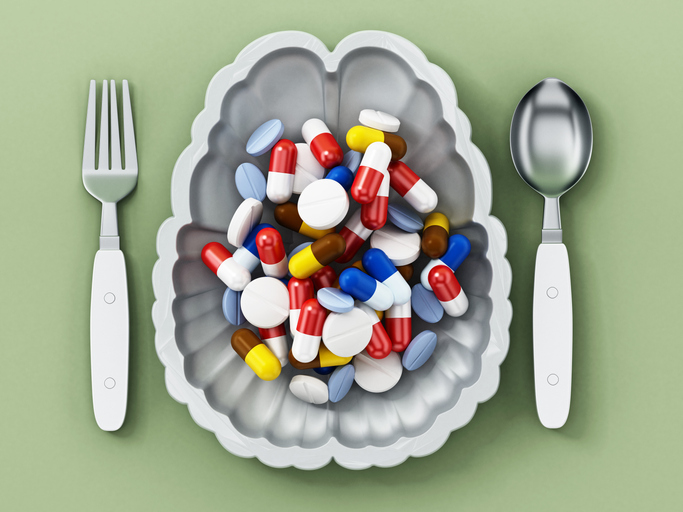Improving the Routine Analysis of Antipsychotic Drugs
20 Sep 2021

Researchers validate a new LC-MS/MS method for quantifying 38 antipsychotics and metabolites in plasma for therapeutic drug monitoring and forensic applications.
Antipsychotic medications have revolutionised the treatment of psychiatric disorders. These substances fall into two main classes – first-generation antipsychotics (FGAs), which were developed in the late 1950s for the treatment of psychosis symptoms. In recent decades, these have largely been replaced by second-generation antipsychotics (SGAs) – or ‘atypicals’.
The shift towards SGAs has partly been driven by the lower risk of developing severe movement problems than FGAs. However, atypicals may be more likely to cause other potentially serious side effects, including weight gain, heart problems and diabetes.
The number of patients being prescribed antipsychotics is growing worldwide, despite these safety concerns. The increasing off–label use of SGAs mainly consists of the treatment of anxiety and insomnia disorders in adults and ADHD in children.
Clinical and Forensic Analysis
The risk of undesired side effects from antipsychotics, combined with the increased use in children, drives a need for strict therapeutic drug monitoring. From a forensics perspective, more daytime traffic accidents are caused by psychotropic medication (combined with alcohol) than illicit drugs.
But many of the current methods used for clinical and forensic purposes are limited – such as analysing only a small number of antipsychotics or involving long, complex protocols.
In a new study, published in the Journal of Chromatography B, researchers develop a multi-analyte liquid chromatography triple quadrupole mass spectrometry method for the quantification of 38 antipsychotic drugs in plasma.1
A Fully Validated Method
The researchers extracted samples by a straightforward liquid-liquid extraction with methyl–tertiary–butyl–ether and the compounds of interest were chromatographically separated within six minutes. They showed that the calibration curves covered the recommended therapeutic range for all compounds, in addition to levels above and below for most substances.
After successfully validating the method according to relevant European Medicines Agency (EMA) guidelines, the team applied their new method to the analysis of samples from 137 medico-legal cases. They found 46 samples that were positive for one or more antipsychotic drugs, with their results confirming the relatively common use of the SGAs quetiapine and olanzapine, as well as the continued presence of the FGA haloperidol in Europe.
The researchers used ultrapure water produced in–house from an ELGA PURELAB® laboratory water purification system, minimising the risk of adding trace contaminants that may affect their results.
Application to Routine Analysis
In this study, researchers create a new fully validated, time-efficient quantitative multi-analyte method for therapeutic drug monitoring and forensic analysis of a wide range of antipsychotic medications in plasma.
The sample preparation and chromatographic settings were previously successfully applied in the quantification of other psychoactive drug classes (antidepressants and benzodiazepines), allowing for easy transitioning or merging of methods.
The method was further applied to more than 100 medico-legal cases and its performance was thoroughly evaluated through proficiency testing schemes.
Why Choose ELGA LabWater?
ELGA LabWater has been a trusted name in pure and ultrapure water since 1937. Our dedication to ultrapure and pure water is a guarantee that we will continue to provide the best solutions with the best service.
Reference:
- Degreef, M. et al. Multi–analyte LC-MS/MS quantification of 38 antipsychotics and metabolites in plasma: Method validation & application to routine analyses. J Chromatog B 2021;1179:122867 doi: https://doi.org/10.1016/j.jchromb.2021.122867
Dr Alison Halliday
After completing an undergraduate degree in Biochemistry & Genetics at Sheffield University, Alison was awarded a PhD in Human Molecular Genetics at the University of Newcastle. She carried out five years as a Senior Postdoctoral Research Fellow at UCL, investigating the genes involved in childhood obesity syndrome. Moving into science communications, she spent ten years at Cancer Research UK engaging the public about the charity’s work. She now specialises in writing about research across the life sciences, medicine and health.
